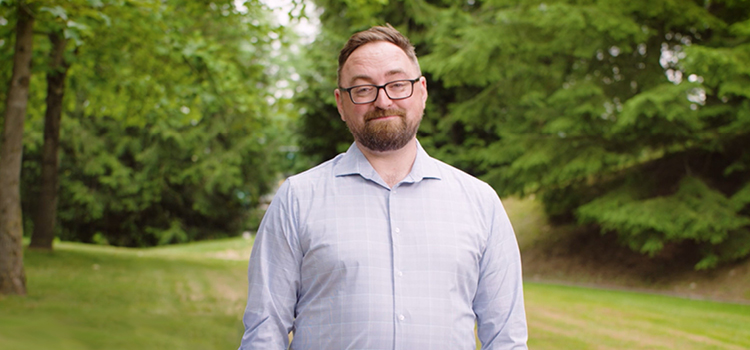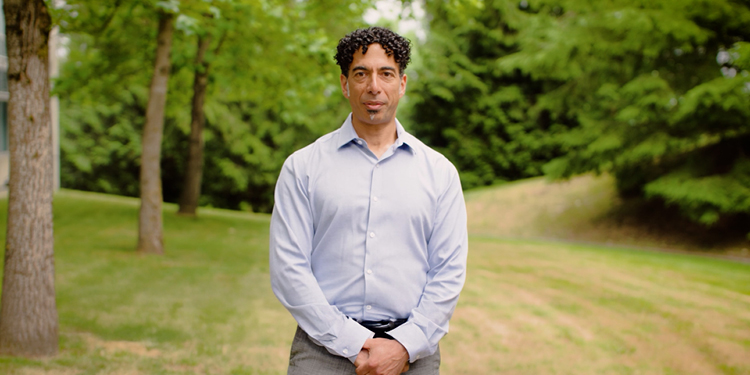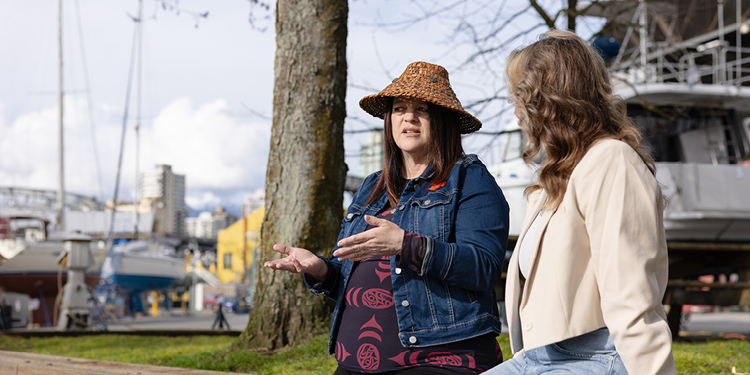How a maintenance project created positive environmental benefits
December 8, 2022
Our operations and environment teams work together during maintenance on our gas system to ensure all environmental requirements are followed and to find opportunities to make a difference in local communities.
A recent planned maintenance project on our gas system in Maple Ridge is just one example of how our teams collaborate together. They went beyond just repairing our gas line to make improvements to the surrounding landscape.
More than just a maintenance project
Our operations team identified an area in need of repair surrounding one of our transmission lines in Maple Ridge. The terrain around the gas line had eroded over the years and we needed to go in to fix this to ensure the gas line continued to provide safe and reliable energy. This area of the gas line was in a wooded area within a neighbourhood so, as the planning process began, our environment team also became involved.
During our operations and maintenance projects, we work closely with members of our environment team to plan out the project and ensure we minimize any impacts to the surrounding environment. It’s necessary to do this prior to starting the work to ensure we’re working as a cohesive team, and we have a plan on how we can finalize site clean-up and wrap up the project.
Duane Mrak, operations manager, pipelines
The transmission line crossed under a small creek that connects to the Alouette River. The creek banks were eroding and covered in invasive plant species. There was also trash and debris in the channel. All this meant our environment team needed to help determine how we could clean up the area, or “right of way,” around our gas line.
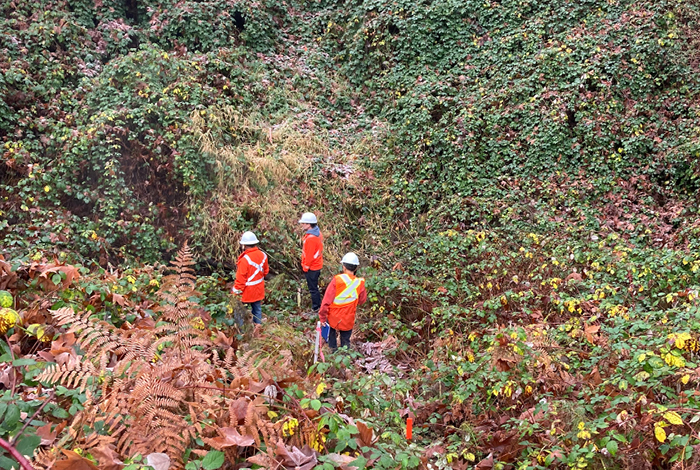
It was recommended we clear the Himalayan blackberries (pictured above), which is an invasive species, around our right of way. We added native plants to the area to help prevent invasive species from growing.
Taking the right steps
Through the planning process, the environment team collaborated with our operations team and a consultant, Legacy Environmental Ltd. to implement a plan for the area.
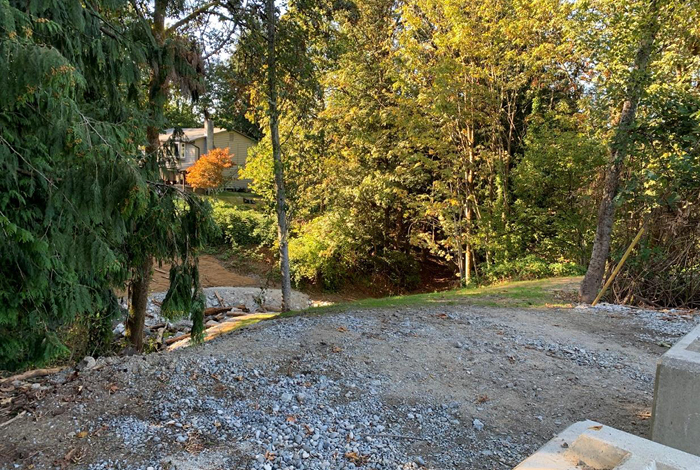
Before work started, the embankment leading down to the creek was overgrown with invasive blackberries. We saw the potential to reinvigorate the area during this project.
When work began in September, crews isolated the creek to ensure no sediment entered into the waterway. Then they performed required maintenance and began work on the site. Site work included placement of rocks and natural wood features to help create an appropriate habitat for aquatic species. The river rocks also help provide more structure around the creek and protection for our gas line, which will help lessen the amount of future erosion.
When we work together as a team, we can accomplish multiple goals—ensuring pipeline safety as well as supporting the environment. By planting vegetation that is native to the area, we made it more habitable for fish and wildlife.
Dominique de Groot, environmental program lead
Our crews cleared away Himalayan blackberries, a known invasive species, then replanted the area with native plants, such as salmonberry, red-osier dogwood and thimbleberry, to help prevent invasive species from growing in the area.
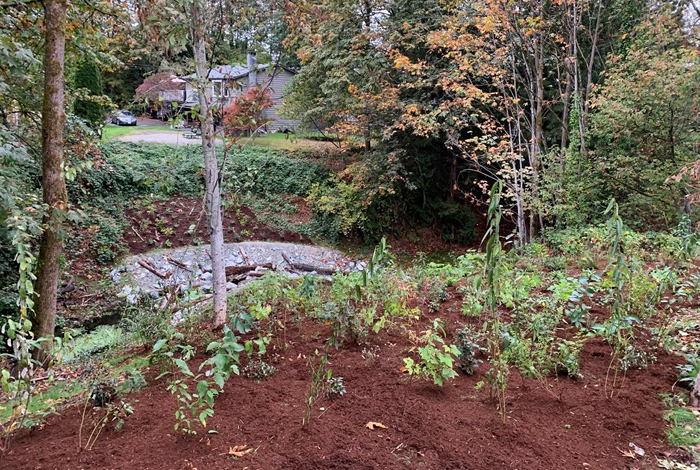
Here is the final result! With our dedicated team's hard work, the right of way around our gas line was cleaned up to help ensure it will continue to safely deliver energy to our customers. Native plants cover the embankment that leads down to the creek, which is now filled with new river rocks.
It takes a team
What started as a maintenance project for our system turned into a collaborative effort to help create an environment for aquatic species, wildlife and native plants. Projects like this show how important it is to protect the environment to ensure B.C.’s natural spaces continue to develop and thrive.

